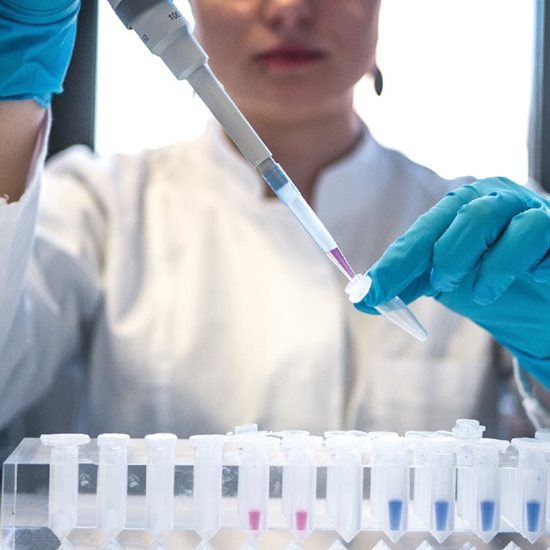16 22
September 2027
Messegelaende HannoverGermany

Two areas of active development and close study within the global textiles and nonwovens industries – both part of the bigger ongoing fight against unwanted plastics – will be addressed at separate forums during ITMA 2023 in Milan, along with some proposed alternatives.
During the ITMA Textile Colourants and Chemicals Forum on 9 June, Sophie Mather, co-founder of The Microfibre Consortium (TMC) and Prasad Pant, director of the ZDHC Foundation in India, will focus on the issue of microfibre loss during manufacturing.
TMC is working to align academic research with the reality of commercial supply chain production by offering solutions to brands, retailers and manufacturers to reduce microfibre release and protect the environment.
ZDHC is a multi-stakeholder organisation comprising brands, suppliers and chemical suppliers from across the industry. Its Roadmap to Zero Programme is assisting the fashion industry to eliminate harmful chemicals from the global supply chain by building the foundation for more sustainable manufacturing.
Together, the two organisations are collaborating closely on a project combining ZDHC’s expertise in sustainable chemical management and TMC’s science-led knowledge of fibre fragmentation.
“Despite growing awareness of the issue, there are still many gaps in the industry’s understanding of microfibres, particularly what factors affect microfibre shedding in the production stage, and the potential implications of microfibre ingestion on human and ecological health,” says Mather.
“There’s a lot of concern around plastic right now, and to date, conversations around fibre fragmentation have focused on microplastics rather than microfibres in general. However, there is incontrovertible evidence that all fibre types shed microfibres and all microfibre releases can be problematic.”
“The presence of dyes and chemicals, for example, can significantly inhibit the fibre biodegradation of natural or man-made cellulosic fibres,” adds Pant. “As our understanding grows, we see encouraging opportunities to address the problem and specifically within manufacturing, we are looking to maximise change without the need for huge investments or complicated modifications within textile production.”
Meanwhile, at the ITMA Nonwovens Forum on 10 June, Bryan Haynes, technical director of global nonwovens for Kimberly-Clark, will outline the huge problem of replacing plastics in hygienic disposable products.
Every minute, over 300,000 diapers are either incinerated, go to landfills or pollute the environment. This represents 38 million tons of plastic waste per year, or 167 billion diapers. In addition, diapers degrading in landfills along with other organic waste such as foodstuffs result in methane gas which is 20 times more harmful than carbon dioxide.
“The European Union’s Single Use Plastics Directive introduced in 2021 was a wake-up call to the nonwovens industry in two respects,” Haynes says. “Firstly, the industry was not sufficiently prepared to prove the benefits of bioplastics related to biodegradability and microplastics. Secondly, many of the potential solutions proposed so far – including circularity – are longer term in nature, and we need solutions now.”
Material solutions are required that prevent the further production of microplastics and that can also be processed on existing nonwoven installations with minimal capital upgrades, he adds.
“Bio-based diapers sound great but going into landfills do not solve the problem and in fact, could make things worse in respect of greenhouse gas emissions, which doesn’t leave many options. There are millions of tons of nonwovens capacity installed around the world and it is simply not realistic to replace it all in the short term. We also need solutions that can be integrated into waste management systems and that are timely and with acceptable costs, and we also want them to be recycled.
“At the forum, I will provide an update on Kimberly-Clark’s sustainability journey and provide insights into solutions that are commercially available now. Cooperative competition across the nonwovens industry will be critical to bringing these solutions to market faster.”
Over its 55 year history, K-C Global Nonwoven (GNW) has delivered many market leading innovations primarily for the absorbent hygiene industry. It is the third largest nonwovens supplier in the world. Its parent company has announced ambitious sustainability goals to be achieved by 2030, including reducing its use of plastic by 50% compared to 2019.
The ITMA Textile Colourants and Chemicals Forum and ITMA Nonwovens Forum will be held alongside ITMA 2023, the world’s largest international textile and garment technology exhibition.
Subscribe to our mailing list and stay up-to-date with news and developments in ITMA and the textile and garment industry.